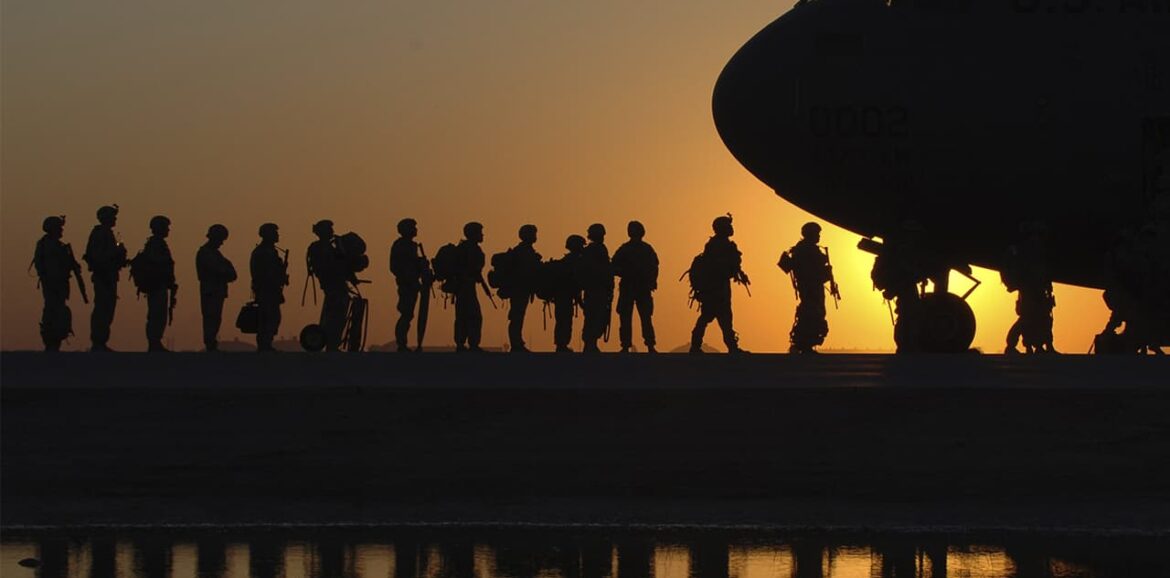The struggle between the United States and Great Britain and Nazi Germany over communications in the Atlantic Ocean and its adjacent seas during World War II. The term “Battle of the Atlantic” was first officially used by Winston Churchill in a speech on March 6, 1941 in connection with the dramatically increased losses of the British merchant fleet. Communications in the Atlantic were of vital importance to the United States and Great Britain, which could not wage a long war in the European theater of war without major ocean transports, so one of their main objectives was to achieve dominance in the Atlantic. For Hitler’s Germany, especially after its attack on the Soviet Union, the Atlantic was a secondary theater to which it could not devote significant forces and resources. Germany’s main goal in this region was to undermine the economies of Great Britain and the United States by disrupting Allied ocean shipping. For this purpose she used submarines, some aircraft, and surface ships. However, Germany’s desire to destroy as many enemy transport ships as possible, without regard to the nature of the cargoes transported, led to the fact that German forces operated mainly on poorly guarded Allied communications. At the same time the vital and therefore heavily guarded communications remained safe. Therefore, although Germany succeeded in sinking a significant number of transports in the Atlantic during the war, in the end it was not able to cause significant damage to the military and economic potential of Great Britain and the USA.
The struggle on the Atlantic communications went through three main periods, determined by radical changes in the balance of power and the development of the war as a whole.
(September 1939-June 1941)
is characterized by the fact that in the beginning insignificant forces on both sides acted on the Atlantic communications. Beginning in the 2nd half of 1940 the German military command began using aviation in addition to submarines and surface ships. As a result, the total displacement of transports and warships (allies and neutral countries) of 7,6 million tons were sunk.
(July 1941 – March 1943)
is characterized by the fact that the main forces of the German aircraft and large surface ships were transferred against the USSR. This allowed the Allies to concentrate their main efforts on fighting the enemy’s submarines. By the end of the period there were about 3,000 Allied ships and 2,700 aircraft operating against 100-130 German submarines in the ocean.
(April 1943 – May 1945)
was marked by a radical turning point in the war and the subsequent heavy defeats of the Wehrmacht on the Soviet-German front. These circumstances, as well as the Allied landings in June 1944 in Northern France, the deprivation of the enemy of the important base system in the Bay of Biscay, the air bombardment and blockade of the submarine bases sharply reduced the effectiveness of the German submarines, their losses continued to grow disastrously.
